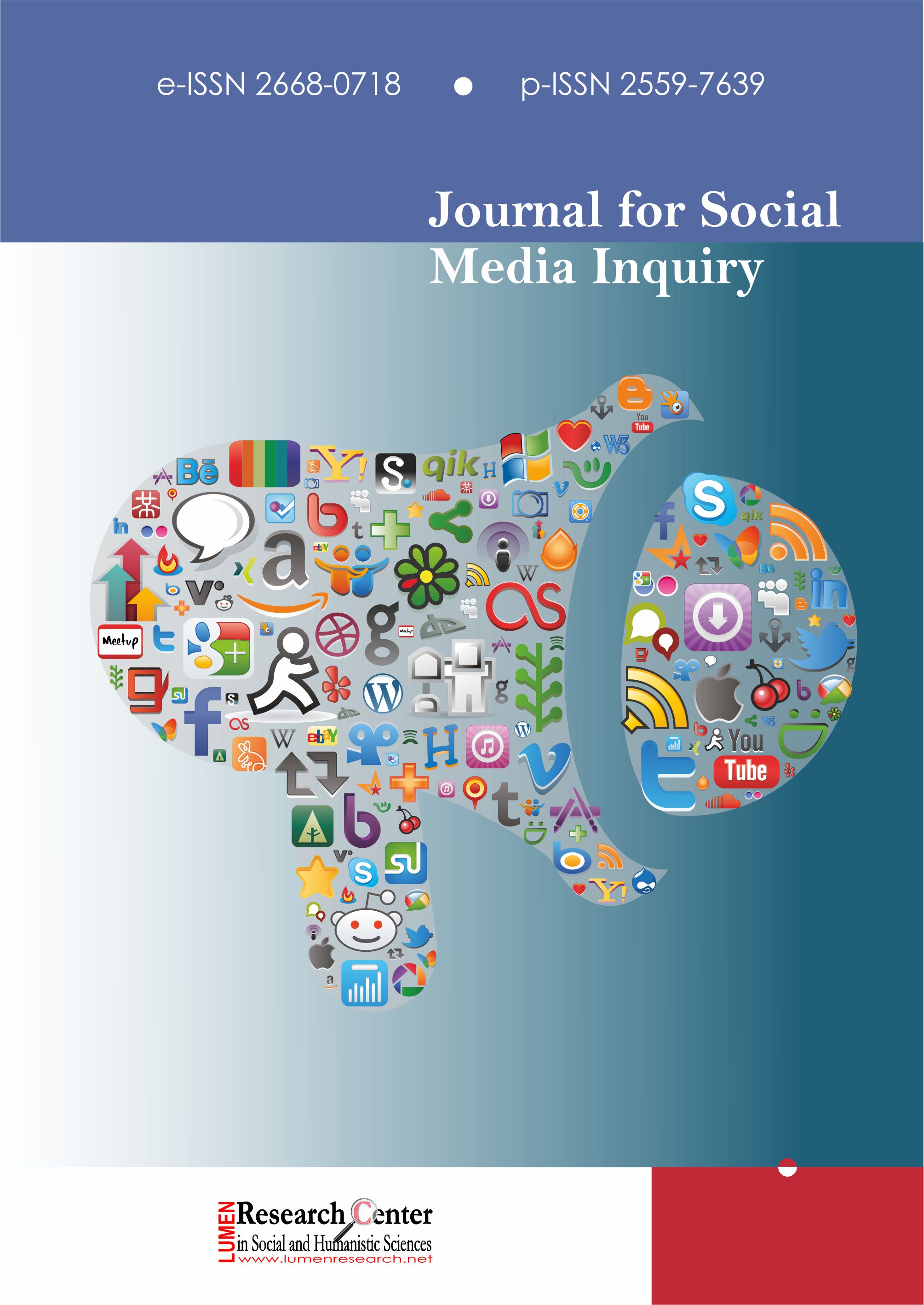Human vs. Non-human in Art: the Posthuman Sculptures of Patricia Piccinini
Human vs. Non-human in Art: the Posthuman Sculptures of Patricia Piccinini
Author(s): Anisia IacobSubject(s): Social Philosophy, Sociology of Art
Published by: Editura Lumen, Asociatia Lumen
Keywords: Patricia Piccinini; posthumanism; sculptures; embodied cognition; body;
Summary/Abstract: Exploring briefly humanity and humanism, the present article meditates on the posthuman and what it means to be human. A survey of the posthuman tradition and meaning offers the perfect setting for the main discussion that is concerned with art. By analysing the relationship between technology, posthumanism and art through various theories and perspectives the text reflects on the future of art and humanity. Afterall, art has always been closely tied to us and our lives in various shapes throughout history. Is technology the future for art? Will all art become posthuman? Does technology pose a threat for artistic creation? While such questions cannot have definitive answers, one can only hypothesize based on the current state of things. A current example for what posthumanist art means is the work of Patricia Piccinini. Her sculptures emphasize precisely this borderline between human and non-human providing the viewer with a reason to meditate and analyze what sets us apart but also what brings us together. When comparing a regular human to any of her sculptures one can easily notice that the two differ, yet, as the artist herself notes, there is a familiarity that unites the viewer with the sculpture. And what about our differences? A sudden response is given by the embodied cognition theory.
Journal: Journal for Social Media Inquiry
- Issue Year: 2/2020
- Issue No: 1
- Page Range: 87-99
- Page Count: 12
- Language: English

